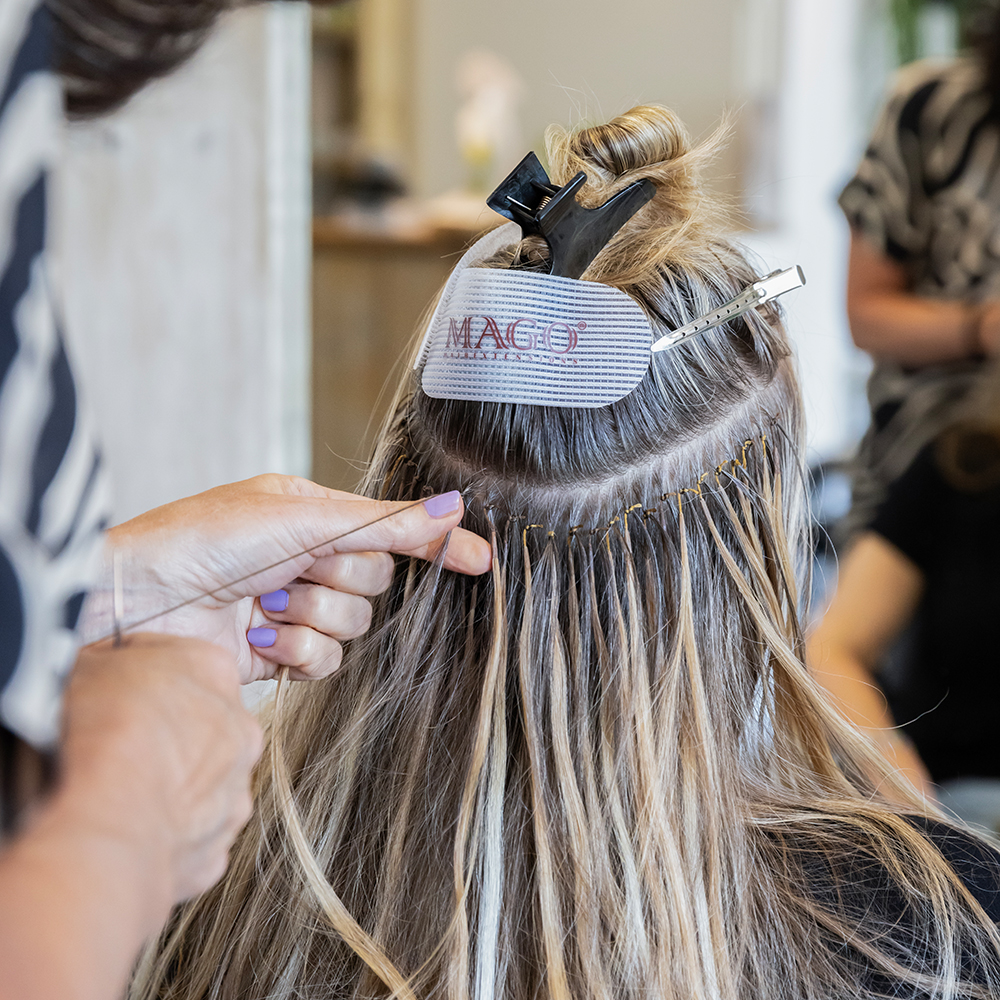Real vs. synthetic hair extensions – Which one should you, go for?

Choosing between real and synthetic options remains one of the most crucial decisions when considering additional length or volume for your hair. Each type offers distinct advantages based on lifestyle, budget, and styling preferences. The right choice varies based on how frequently you plan to change your look, your styling habits, and the level of maintenance you’re willing to commit to. Hair Extensions come in these two primary categories with dramatic differences in composition.
Material quality
- Real human hair extensions provide an unmatched natural appearance because they are natural human hair. This authenticity means they move, shine, and feel identical to your hair when properly matched and installed. The cuticles remain intact and aligned in premium options, creating seamless blending that even a close inspection would struggle to distinguish from natural growth.
- Synthetic alternatives have improved dramatically in recent years, with premium options offering surprisingly realistic appearances. The manufacturing process has advanced to create variation in thickness and texture that mimics natural hair. However, even the highest quality synthetic options typically have a distinctive shine that differs slightly from natural hair, especially in certain lighting conditions that can reveal their artificial nature.
Styling flexibility
Real human hair extensions offer complete styling versatility that matches your natural hair’s capabilities:
- Heat styling works exactly as with natural hair (curling, straightening, blow-drying)
- Colour treatments can be applied using standard hair dyes
- Cutting and layering blends perfectly with natural hair
- Product application works identically to natural hair
- Texture changes (perms, relaxing treatments) remain possible
Synthetic options face significant limitations with heat styling, as most conventional synthetic fibres melt at temperatures above 180°F/82°C. This restriction prevents most curling irons, straighteners, and blow dryers from being used without heat-protective settings. Higher-end synthetic options labelled “heat-friendly” or “heat-defiant” tolerate temperatures up to 350°F/177°C, though repeated heat exposure typically degrades the fibre quality faster than with natural hair.
Longevity expectations
- With proper care, real human hair extensions typically last 1-2 years with daily wear, though this timeframe varies based on quality, care routine, and how frequently they’re worn. Their natural composition allows them to withstand normal hair care processes without degrading, making them a longer-term investment despite higher initial costs.
- Regularly worn synthetic extensions generally last 2-3 months before showing noticeable deterioration. The artificial fibres experience progressive tangling and frizzing that eventually become unmanageable. This shorter lifespan results from the fundamental limitations of manufactured fibres, which lack the natural regenerative properties of human hair, such as oil distribution that maintains flexibility and prevents brittle breakage.
Maintenance reality
Real human hair extensions require maintenance similar to natural hair, including regular washing, conditioning, and occasional deep treatments. They benefit from specialised extension-safe products that provide nourishment without loosening adhesives or attachment points. Brushing requires a gentle technique with extension-specific brushes designed to navigate attachment points without causing damage or premature shedding. Synthetic extensions typically require less frequent washing but demand specialised care products specifically formulated for artificial fibres. Traditional hair products often contain ingredients that damage synthetic fibres or leave residue that accelerates tangling. Washing should involve cool water only, with air drying mandatory since heat accelerates deterioration.




